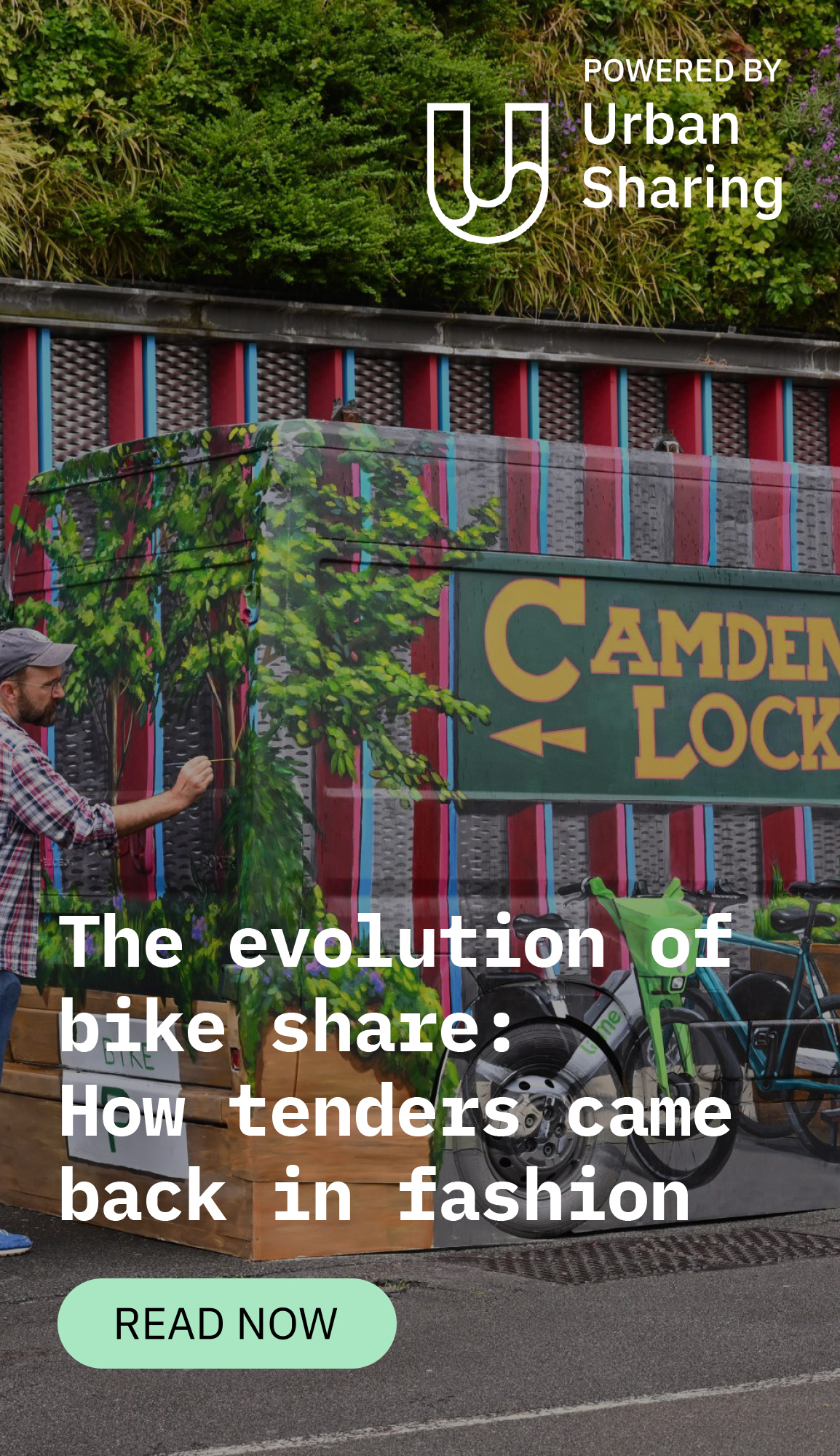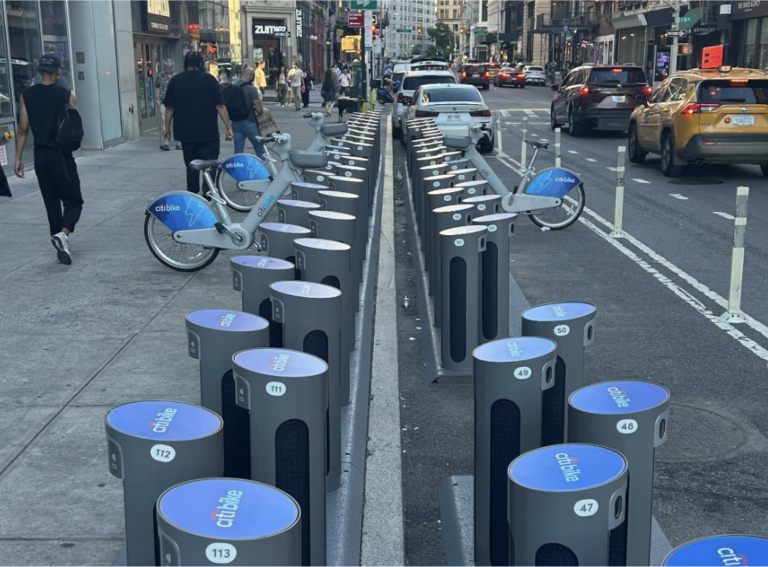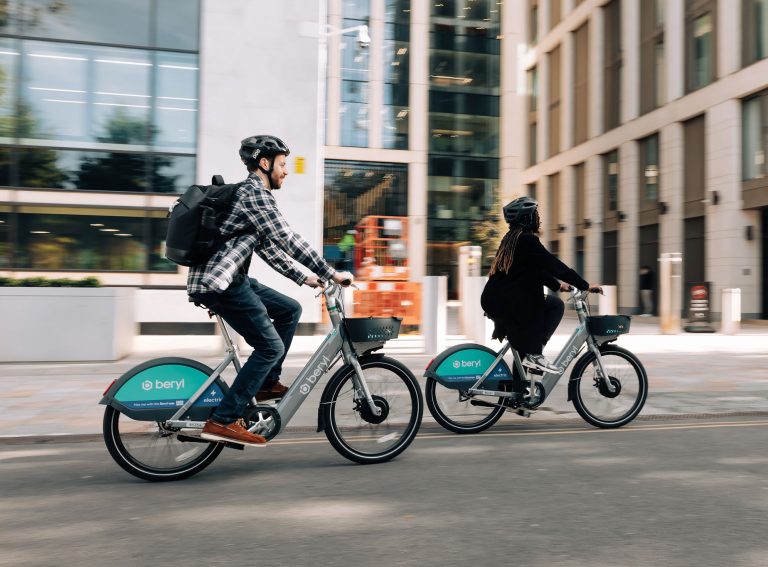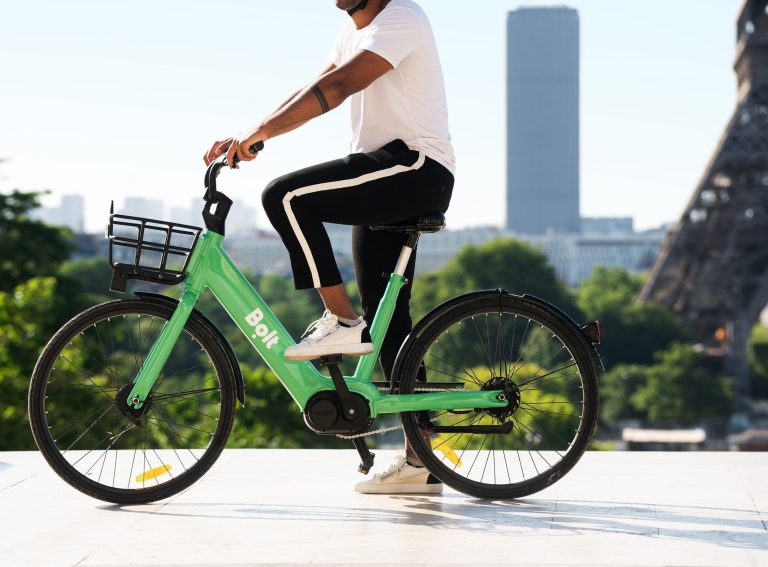Author: Sandra Phillips, CEO and Founder, Movmi
The problem with the personal car
Our transportation systems have long since favoured the personal car. The staggering number of single occupancy vehicles cruising along ever-expanding, car-centric infrastructure, underscores our love affair with private vehicle ownership. Unfortunately, this favouritism has created devastating effects within our cities; terrible air quality, an unprecedented amount of traffic congestion, green spaces paved over to make room for parking and the financial burden of owning a car, exacerbated by the rising cost of living and soaring rent and fuel prices.
Over the next 20 years, one million people are expected to relocate to the city of Vancouver. And if car ownership rates don’t change, we can expect another 600,000 private vehicles to come with them. If you think Vancouver is a one-off occurrence, you’re mistaken. Mass migration to urban areas is happening internationally, in cities across the globe.
But how will cities accommodate the growing need for housing? Will they continue to allocate big portions of land and infrastructure investments to parking for personal vehicles? If not, how will existing and new residents move around?
The solution: neighbourhood mobility stations
Cities need to transform into livable spaces for people by designing efficient and sustainable transportation ecosystems. Transportation planners need to think ‘multimodal’ and enable a smooth interchange between modes, down to the last mile, without personal car dependency. Enter the neighbourhood mobility station – an effective tool to create cities of the future, today.
But what does a neighbourhood mobility station look like and how does it operate?
Imagine riding your apartment elevator down to the lobby, but when the doors open, instead of seeing a parking garage, you see a bikeshare station. And directly across from this, you see a number of carshare vehicles right beside a user-friendly digital screen, providing a nearby public transit schedule. You also see options such as e-scooters and e-cargo bikes to help you get to the nearest bus station.
With the parking garage gone, the space has been transformed into a vibrant hub of activity, with a coffee stand and ice cream truck situated near an outdoor patio and adjacent green space. You can see people relaxing and enjoying themselves. This is a Neighbourhood Mobility Station.
The impact of neighbourhood mobility stations
In the US it is estimated that for every private car, cities have created eight parking spaces. It’s clear that parking spaces are in oversupply. This is especially true for residential developments, where an underground parking stall can cost anywhere between $50,000 to $80,000. By introducing a mobility station and removing the need to build parking, the financial savings for developers are enormous. However, it isn’t just the city and developers that can benefit financially. At the owner/tenant level, the cost-saving benefits by going ‘car-free’ are considerable as well. A 2014 study conducted in Vancouver showed that the cost of using a carshare service is 43%-67% to that of owning a car. So, if you had a carshare service available in your neighbourhood or right at your doorstep, why wouldn’t you ditch your personal car?
Merchants with brick-and-mortar stores also have a lot to gain. Multiple businesses in San Francisco were able to grow their revenue by up to 29% annually by removing a few of their dedicated parking spots and allocating them to parklets. The parklets created a warmer welcome for pedestrians and cyclists, which increased foot traffic resulting in a higher conversion rate for their business.
Key features of successful stations
Successful neighbourhood mobility stations prioritise accessibility and true multimodality, by providing a variety of transportation options and visible journey planning and booking for all relevant modes within the city. They also leverage connectivity to ensure similar services are available in other locations across the region, while taking into account the mobility needs of the local community.
Reliability is essential, and thriving mobility stations provide adequate service capacity, considering factors such as the number of residents, the types of vehicles or bikes deployed etc. Additionally, they should incentivise repeat use and adapt to changing neighbourhood demographics, while reducing friction for first-time users, to foster positive experiences.
How do we get there?
In order to successfully implement these stations across our cities, we need to cultivate collaborative, public/private partnerships between the relevant stakeholders. We also need a sustainable framework in place that can be easily adapted, i.e if one mobility operator leaves the city, there will still be an alternative available for users.
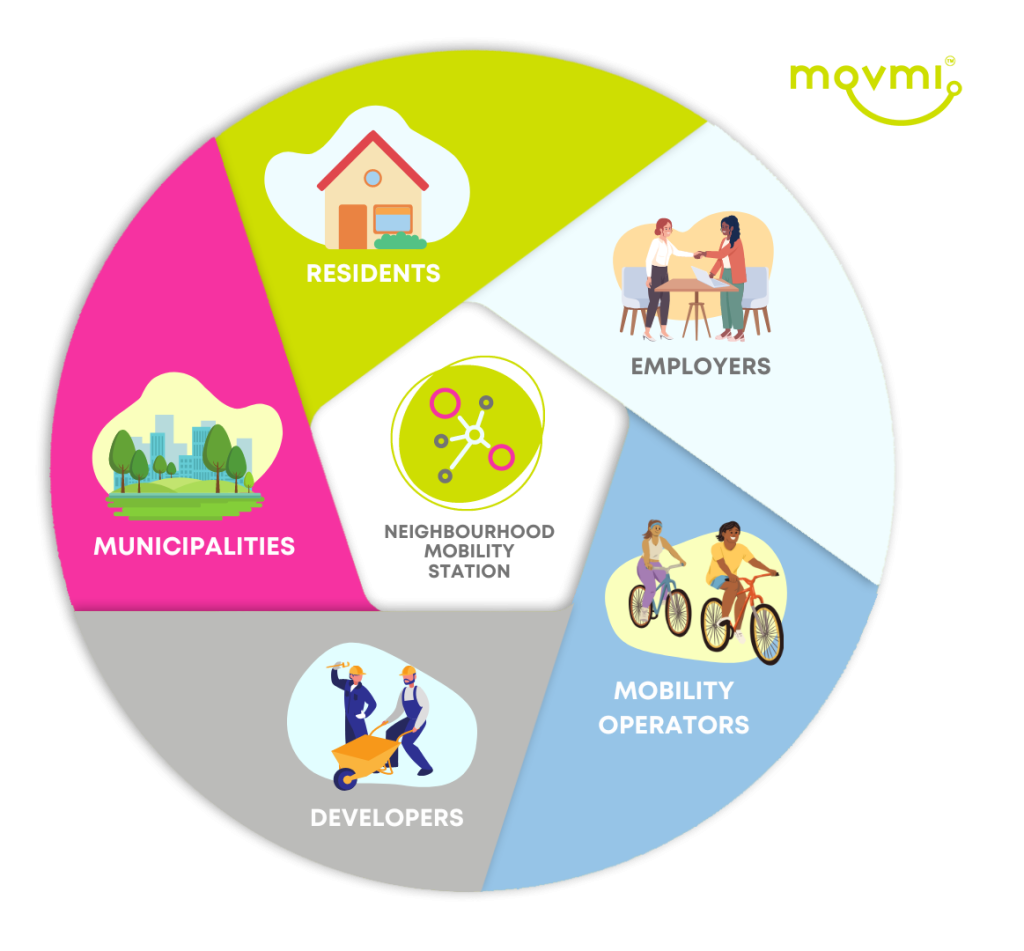
Finally, we need an approach that is anchored in the local community. Mobility stations will inherently offer the same services, but a cookie-cutter approach to their design, will not work in every neighbourhood.
As the Danish architect and professor Jan Gehl said: “Think big but always remember to make the places where people are to be, small.” Understanding the needs of individual communities, will ensure that the local mobility station becomes an essential part of everyday neighbourhood life.
Neighbourhood mobility stations can provide a valuable return on public investment, while creating an economically sustainable transportation model. They are a flexible, cost effective and efficient solution that can grow cities and help address the mobility needs of its citizens, and the environmental needs of our planet.
To learn more about Neighbourhood Mobility Stations, download Movmi’s latest free whitepaper here.

